It is difficult to solve adoption cases in endogamous communities because everyone will share the same 4th and 5th grandparents, often multiple times, so the methodology for finding a birth parent from 3rd and 4th cousin matches just does not work. You have to wait for a few second cousin or closer matches.
Tessa was looking for her unknown biological father. Her mother had given her a name, Rudy Padilla, and said he was perhaps Mexican. I ran a GWorks for her which I showed in my lecture about unknown parentage at the SCGS Jamboree. This is the full story.
I had never seen ancestors who were in 30-40 trees before! How can that be? Perhaps endogamy? Then I looked at the names and recognized many of the surnames. These are the Spanish soldiers who were among the earliest European settlers of New Mexico.
These soldiers who came to the Southwest in the 1600s and 1700s mostly had to take Pueblo women as brides or not get married. A few brought wives with them from Mexico of presumed Spanish descent. For many years these Spanish “first families” of New Mexico hid the native part of their roots. Now many are proud of this heritage. Click here for an article about that which mentions the New Mexican woman in those Ancestry ads who discovered her Native American roots with DNA. By the way, Tessa shows 17% Native American at Ancestry
.
I told Tessa that success finding her dad could take a very long time since she would need to wait for close matches, but to please upload to MyHeritage and Family Tree DNA to look for more relatives. She had tested at both 23andMe and Ancestry DNA.
At Ancestry she had three second cousin matches, none of whom had responded to her messages. Only one, let’s call her Gina, had a tree connected to her DNA, but it had just her parents names. Another had a tree on the view match page where everyone was private and the third also had a mainly private tree with the names of a few great grandparents. We were able to build a tree from the parents names for Gina but it had no Padillas.
Tessa’s test at 23andme had one second cousin match, let’s call him Gerry, whose wife Laila actually responded via email to my message. She was into genealogy and was incredibly helpful explaining the family tree which she had built at FamilySearch. Laila suggested that Tessa might be her husband’s half first cousin once removed because her husband was from one of the youngest Padillas via the second marriage. This probable great grandfather, (Jose) Pasqual Padilla had 24 children and the right surname. A lot of tree building later, there was no one named Rudy or Rudolph and no obvious connection to Gina.
Another second cousin match, let’s call her Mary, turned up at MyHeritage and again from just the parents names we were able to build a tree. Eureka! She shared great-grandparents Eugenio and Maria Martinez with Gina. So now we had the grandparents of and a possible surname for the bio dad’s mother. This second cousin turned out to also be a first cousin once removed as her grandfather (Jose) Trinidad Martinez had more than one wife and many many children (see his obituary from newspapers.com below).
Now we checked all the sons of Pasqual to see if any of them married a Martinez descended from Eugenio and we found only one such marriage. Exciting! This joined tree is shown above. Of course, there were 12 children of that marriage. Happily only two of the sons were in the right place (California) at the right time and old enough.
Now Tessa showed off her sleuthing skills, she called the librarian of the small town that most of these Padillas were from and got copies of their obituaries and lots of information. Neither possible father was still alive but she tracked down a son of each one of them and talked them into testing (Thank you so much search angel Tom K. for those two Ancestry kits!).
While we were waiting for those results, Tessa suddenly got a new match at 23andme of 10.38% and 774cM with the grandchild of one of the possible Dads. This made one man much more likely and validated our search results nicely. Soon after, the kits for her possible half brothers came in and the case was solved! Her new family members have been very warm and accepting.
Some key points from this search:
- Endogamous searches need 2nd cousin matches or better to succeed
- If a DNA cousin is willing to help, your path will be easier
- You will have to build some or all of your DNA cousin’s trees yourself
- Obituaries are an enormous help for tracking down living relatives and those born after the 1940 census
- Kudos to librarians!
[*map credits: A map created using information from the United States Geological Survey, an agency of the United States Department of Interior 1810, 1820, 1830 and from the Secretary of the Public Education of Mexico (La Secretaría de Educación Pública de México) with 500 años de documentos. The Institute of Geography, (in spanish: Instituto de Geografía), Universidad Nacional Autónoma de México (UNAM) : Nuevo Atlas Nacional de México (2007)
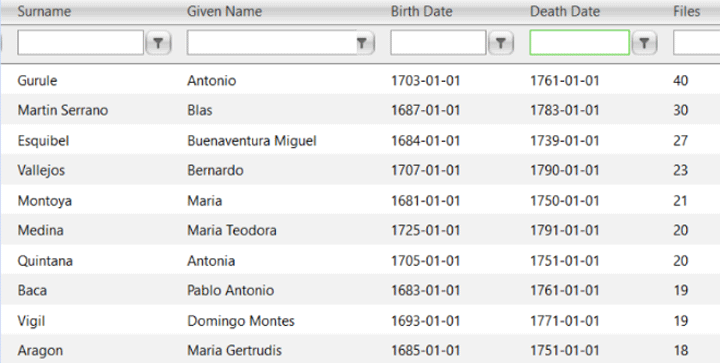
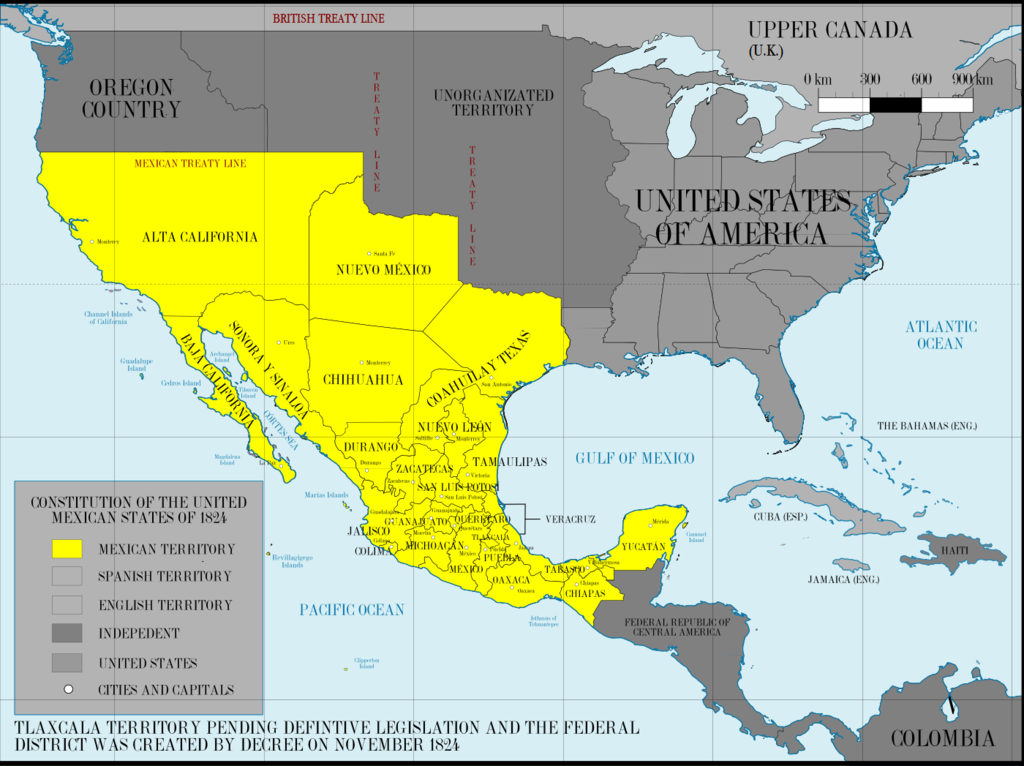
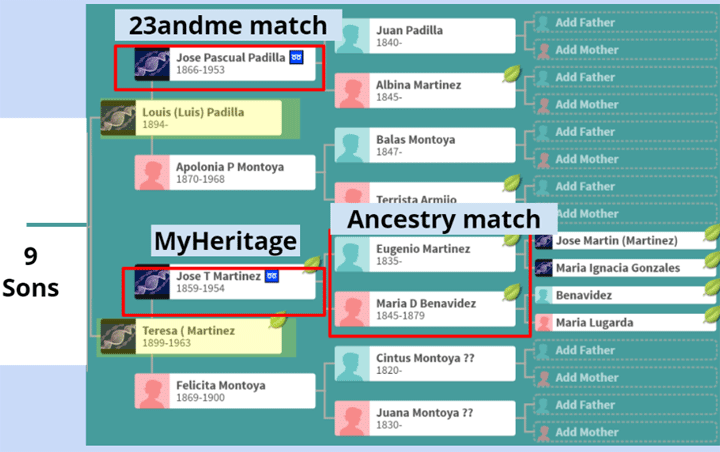
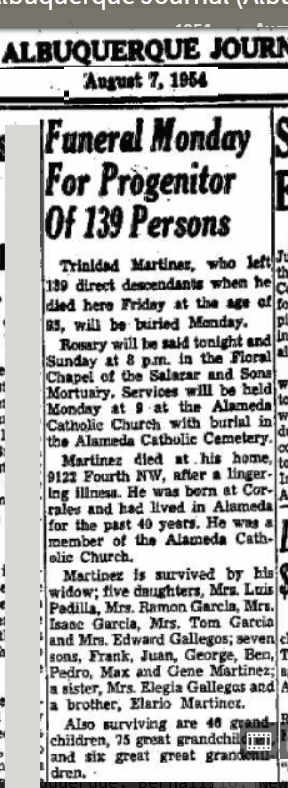
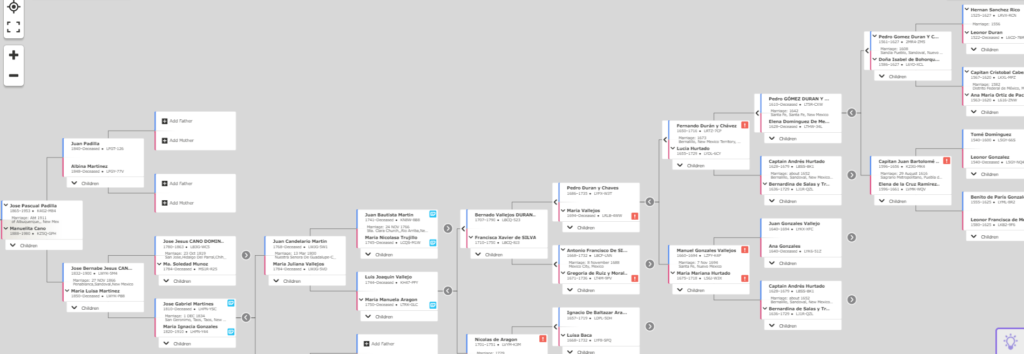
In general, second cousins are critical for endogamous populations. They are far enough away to be directional in a way that first cousins are not, but are close enough that their DNA is almost always meaningful.
And you want as many of them as you can find and afford, including siblings. And certainly including the first cousins among them. Don’t accept “Josh already tested.”
And it’s still hard.
Thank you so much Kitty for helping me find my truth… you have changed my life. There is a peace beyond words can describe. <3, Tessa
Dear Tessa,
So very delighted for you. So glad I chose to take on your “impossible” case. Your joy is the best reward.
Great story Kitty!
Now do you know of a German version of you? Someone in Germany who can help a woman I met while camping in the forests of Western Washington State. Katja’s mother never knew her father. He was an American solider in Germany during the final months of WW2. Katja’s mother is in poor health and has always wanted to know of her American dad. I told her, via her boyfriend who is quite proficient in English about how genetic genealogy is helping people find “lost” family members from around the world. Her eyes lit up. “Yes, it is possible you could find your American grandfather’s family using your DNA,” I told her. Do you know of “Search Squad” or DNA Detectives type resources for folks in Germany? Thanks!
Are you in touch with Katje? Since her grandfather was American, the usual techniques should work.
She should get her mother tested at ancestry and 23andMe see
http://blog.kittycooper.com/dna-basics/help-for-adoptees/
I see many of my own ancestors on this tree. Although I have solved my own misattributed parentage case, I have found it to be so difficult to distinguish paternal and maternal lines in New Mexico since they all seem to converge as you ascend the tree (pedigree collapse). I think I need some new knowledge or tools to proceed.
Pingback: Friday’s Family History Finds | Empty Branches on the Family Tree